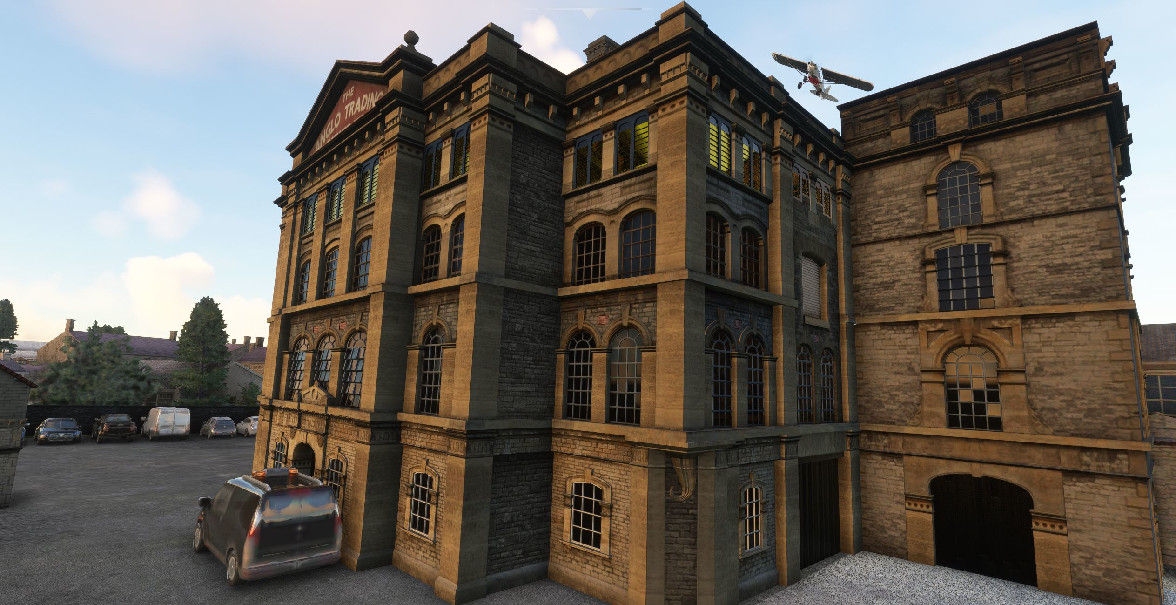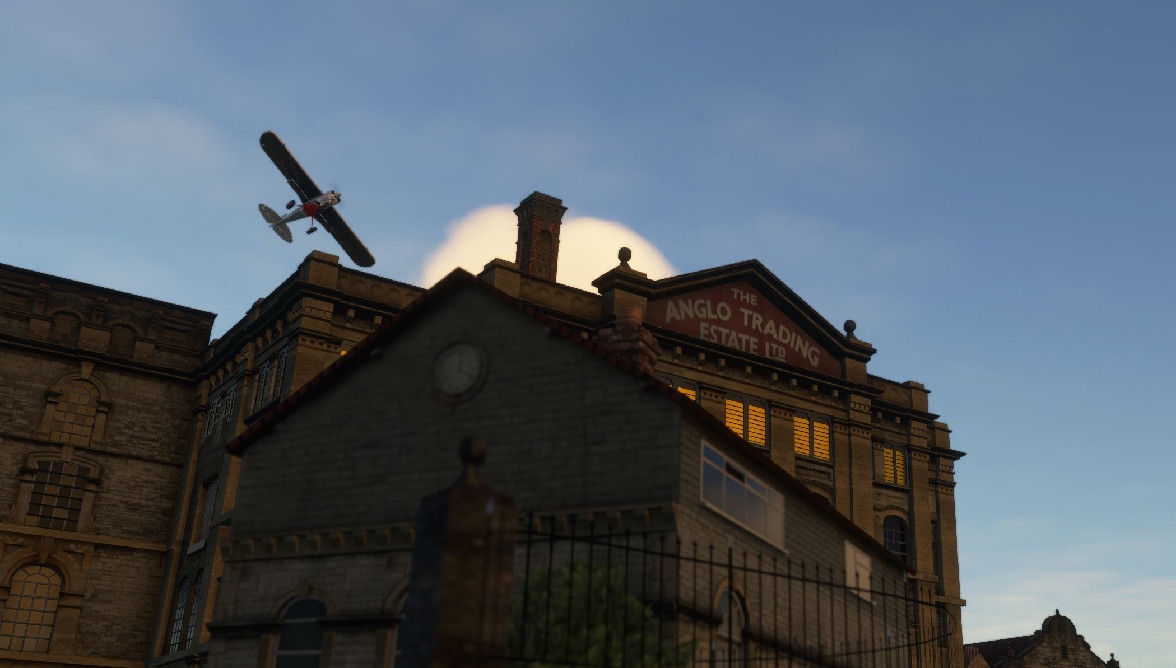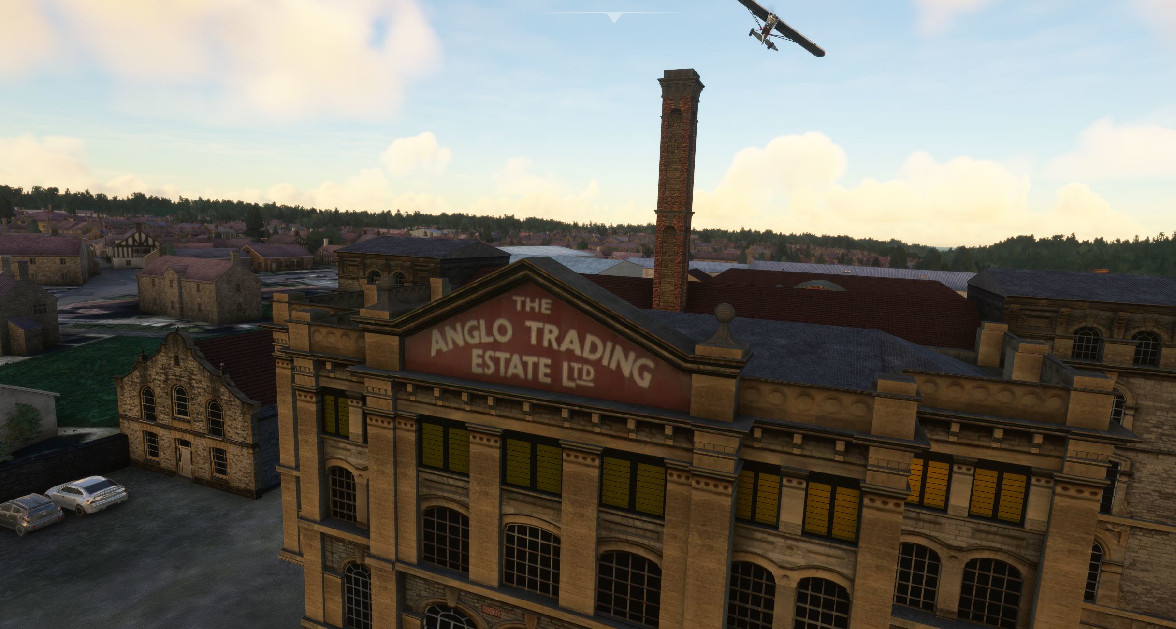


 Download the Mini Pack
Download the Mini Pack
Shepton Mallet's The Anglo-Bavarian Brewery was originally established in Shepton Mallet in Somerset, England in 1864. It has been claimed as the first lager brewery in the United Kingdom, although the claim is disputed. It closed in 1920. The building, now the Anglo Trading Estate, is a grade II listed building and is on English Heritage's Heritage at Risk Register, and Mendip District Council's Historic Buildings at Risk Register. The Architecture is believed to be Italian.
HMP Shepton Mallet, sometimes known as Cornhill, is a former prison located in Shepton Mallet, Somerset, England. When it closed in 2013, it was the United Kingdom's oldest operating prison, and had been since the closure of HMP Lancaster Castle in 2011. Before closure Shepton Mallet was a category C lifer prison holding 189 prisoners. The prison building is grade II listed, while the former gatehouse and perimeter walls are grade II. The prison was opened before 1625 but was already in poor repair by the end of the First English Civil War in 1646. It was expanded in 1790 but conditions were again criticised in a report of 1822 and further building work was undertaken in the 1820s and 1830s. This included the installation of a treadwheel for those sentenced to hard labour. In 1843 the number of cells was increased by adding a second storey to each wing. The prison was damaged during a fire in 1904. In 1930 the number of inmates had fallen and the prison was closed. Following the outbreak of the Second World War in 1939 the prison was reopened as a military prison. It was initially used by the British Army and later by American forces who constructed a new execution block to hang condemned prisoners. It was also used for the storage of important historical documents from the Public Record Office in London, including Domesday Book. Following the war the prison continued as a military "glasshouse" until it was returned to civilian use in 1966. The Prison was decommissioned in 2013 and is now run by the Campbell Group as an interactive tourism destination, offering guided tours, ghost tours, and other activities.
The Shepton Mallet Charlton Viaducts are disused railway bridges in Shepton Mallet within the English county of Somerset. They are Grade II listed buildings. The bridges was built in the 1870s to carry the Somerset and Dorset Joint Railway. It carried the railway over the River Sheppey. Originally the stone bridge carried a single railway track but was widened to carry a second track in 1892 using red bricks. It consists of 27 segmental arches each of which has a span of 28 feet (8.5 m). It is on a curve of 30 chains (600 m) radius falling at 1 in 55 from each end to the midpoint. To cope with the curve the arches are strengthened by pilasters. It can be seen from the grounds of Kilver Court where it forms a feature. A railway continues over a smaller viaduct crossing the Bath road to the North of the town. As a bonus we have included the Liberal Club & Mechanics Hall building.
The Mendip transmitting station is a broadcasting and telecommunications facility on the summit of Pen Hill, part of the Mendip Hills range in Somerset, England, at 305 metres (1,001 ft) above sea level. The station is in St Cuthbert Out civil parish in Mendip district, approximately 2 miles (3.2 km) northeast of the centre of Wells. It has a 281.6 metres (924 ft) tall mast, which was built in 1967 and weighs around 500 tonnes, and is the tallest structure in South West England. The mast broadcasts digital television, FM analogue radio and DAB digital radio, and had broadcast analogue colour television from 1967 until 2010. It has become a Mendip landmark, providing a method of identifying the hills from a distance.
King Alfred's Tower is a folly in Somerset, England, on the edge of the border with Wiltshire, on the Stourhead estate. The tower stands on Kingsettle Hill and belongs to the National Trust. It is designated as a grade I listed building. Henry Hoare II planned the tower in the 1760s to commemorate the end of the Seven Years' War against France and the accession of King George III near the location of Egbert's Stone, where it is believed that Alfred the Great, King of Wessex, rallied the Anglo-Saxons in 878 before the Battle of Edington. The tower was damaged by a plane in 1944 and restored in the 1980s. The 49-metre-high (161 ft) triangular tower has a hollow centre and is climbed by means of a spiral staircase in one of the corner projections. It includes a statue of King Alfred and dedication inscription.